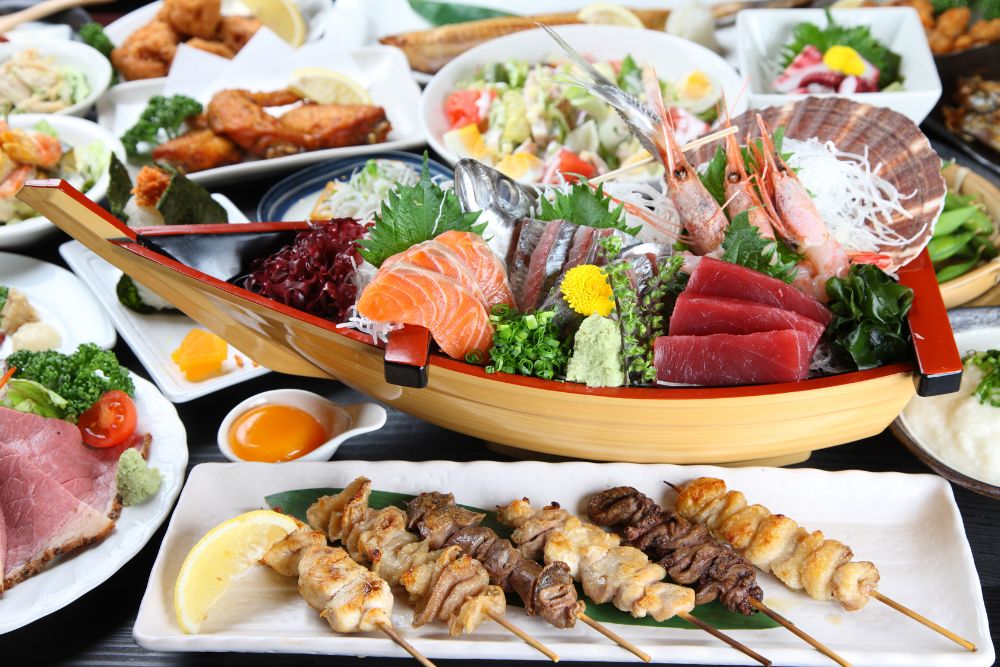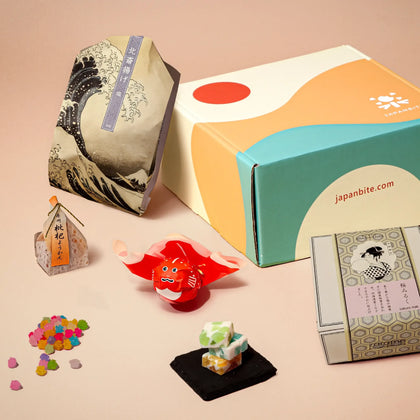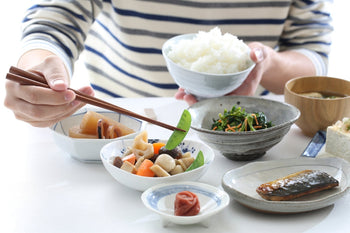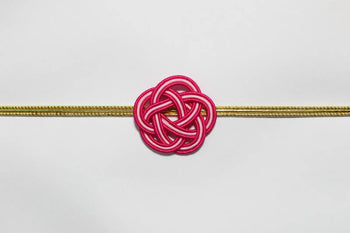

In this article, we'll take an in-depth look at Japan's most expensive foods, spanning various categories of culinary excellence. From famous meals such as wagyu beef and sushi to sweets like chocolate and ice cream, let's discover the luxurious side of this unique culinary culture that merges traditional techniques with Western products.
Most expensive steak in Japan
In Japan, there are many grilled food restaurants, and not only meat but also seafood is grilled and cooked on a large griddle in front of you. Seafood steaks such as abalone and lobster are also high-quality, but the Wagyu beef steak is the most expensive.
Steak restaurant: Aragawa
Founded in 1967, the steak restaurant Aragawa uses Tajima beef, which is also the root of all brands under the category of Tamura beef. Its cooking method consists of making the surface crispy by resting it in a kiln (generally speaking, a kiln is a grill on which a heat source, mainly charcoal, is enclosed with refractory bricks to prevent heat from escaping) to trap the gravy fat, and umami. It is characterized by the dense flavor of the meat and the rich and soft texture of fat. The average market price is about 50,000 to 70,000 yen (333 to 466 USD) per person.
Most expensive sushi in Japan
Sushi was treated like fast food in the Edo period, and even now, there are many restaurants where you can enjoy high-quality pieces at a low price; at the same time, this food is usually positioned as a high-class dish that can be eaten at celebrations. There are many high-end sushi restaurants in Japan: not only are they always paying extraordinary attention to their customers' palate, but also, each ingredient is carefully selected by skilled craftsmen, as well as white rice, nori seaweed, wasabi, soy sauce, as well as alcohol and utensils that go well with sushi.
Sushi restaurant: Kirimon's Kyoku OMAKASE Course
Located in Osaka Prefecture, Sushi Kirimon is on a mission to respect Japan's traditional sushi culture and pass it on to the world. The Guinness World Records™ certified "Kyoku OMAKASE Course" symbolizes this and embodies the originality and excellence of this delicious food.
This course is simple, composed of 20 pieces of nigiri sushi made with carefully selected top-quality ingredients and skilled artisans who create a unique menu based on the availability of the different fish that day. Scarce ingredients include the finest tuna, which costs more than 40,000 yen (about 266 USD) per kg, and the large Beluga caviar, which costs more than 100,000 (666 USD) yen per piece and 50,000 yen (333 USD) per 50 grams. These ingredients are carefully selected, just like soy sauce and wasabi, and become the upper part of nigiri. The pieces are delicately held by the hands of craftsmen and express the freshness, beauty, and deliciousness befitting the finest sushi.

Sushi Kirimon via the Homethe page of Sushi Kirimon
Most expensive ramen in Japan
As we all know, Japan's soul food, ramen, is famous for being fast to make, cheap to buy, and delicious when eaten! The average price of a ramen bowl is about 800 yen (5 USD). Ramen is now said to be the "national dish of Japan," but the market size is large, and competition is fierce. Therefore, some stores "dare" to compete with a high-end orientation.
Ramen restaurant: Shoufukumon
Sold in Yokohama Chinatown in Kanagawa Prefecture, this 100,000 yen (666 USD) ramen bowl uses the finest shark fin from Kesennuma in Miyagi Prefecture instead of noodles, and the finest domestic sirloin and abalone from Yoshihama, Iwate Prefecture are used as fillings. The high price is because shark fins are subject to import restrictions and cannot be stocked in large quantities. It is limited to one person per day by appointment only.
Most expensive meats in Japan
Most expensive beef in Japan
The most expensive beef in Japan is undoubtedly wagyu beef: the high prices are not necessarily due to their size but rather because of how the cattle are raised.
Kobe beef
Kobe beef is a high-quality meat that can sometimes be sold for $349 apiece. These cows belong to a scarce breed; among them, only excellent cattle from Hyogo Prefecture are selected for the highest A5 grade. It means that about 1,000 bovines are chosen yearly; it may sound like a lot, but it is quite a small number, which is why Kobe beef is so expensive! These cattle have distinctive genes, which contribute to this product's unique marbling and fat.

Product introduction via Tatsuya
Maesawa beef
Maesawa beef is produced in Oshu City, Iwate Prefecture: to give you an idea of its price, tenderloin (8 ounces) and ribeye (14 ounces) cost about $269 each (1 ounce is about 28.35g). The cattle and their breeding environment are thoroughly controlled, and this is said to be the reason for their deliciousness. They are fed mainly beer, scotch, and soybeans and do not use hormones. The cows are kept in a quiet environment so they can sleep peacefully, and as a result of being raised in a stress-free environment, they have a smooth and soft texture.
Hida beef
Hida beef A5 fillet steak is priced at around $199 for 8 ounces and is produced in Gifu Prefecture. Especially in the Hida region, it is said that the availability of fresh spring water enhances the flavor and tenderness of the meat. Farmers are known for raising only the highest quality cattle to produce Hida beef.
Most expensive fish in Japan
In Japan, a maritime powerhouse, seafood is indispensable to people's daily lives. In such an archipelago that stretches from the north to the south, a wide variety of fishes are caught: among them, tiger pufferfish, bluefin tuna, thornhead, and blackthroat seaperch are some of the highest-class products that represent Japan, but what is the most expensive one?
The phantom fish: Longtooth grouper
The first place in the luxury fish ranking is the long tooth grouper, mainly caught in western Japan, especially in Kyushu, and is referred to as "kua" or "ara".
It is often called a "phantom fish" because of the small amount that can be caught: it is rarely lined up on the table of ordinary households, so if you want to try it, you must go to a high-end restaurant. The market price of natural products with a small catch is about 10,000 yen to 12,000 yen (66 to 80 USD) per kg, while farmed ones cost about 4,000 yen to 7,000 yen (27 to 47 USD) per kg.
Longtooth grouper is characterized by a deep taste that keeps its unique elegance while being fatty at the same time. It is mainly eaten in hotpots.
Most expensive drinks in Japan
Most expensive tea in Japan
Japanese tea is renowned for its exquisite taste and meticulous craftsmanship. Let's explore one of the most high-end, innovative tea brands.
Royal Blue Tea
Known as the most expensive tea in Japan, "Royal Blue Tea" is praised for its luxurious quality and unique flavor. It is carefully hand-picked using strictly selected top-quality leaves; its unique blend creates deep aromas and rich flavors, embodying the spirit of the tea ceremony. There is a comprehensive lineup of Royal Blue Tea, including barley tea, green tea, and oolong tea, and their price is 600,000 yen (3996 USD) per bottle!
If poured from a bottle and enjoyed in a wine glass, even a non-alcoholic drink has a sense of luxury: if act; this brand started with the concept of making tea that teetotal people can enjoy in the same way. In addition, like wine, Royal Blue Tea proposes an unprecedented way to match food and tea.
Most expensive sake in Japan
The Japanese alcoholic drink for excellence is sake: it is made from rice and has about 13% to 18% abv.
Kitayuki Daiginjo’s YK35 Shizuku Sake Titanium Gold
The first place in the ranking of Japanese sake prices is Kitayuki Daiginjo's "YK35 Shizuku Sake Titanium Gold". It is a high-end alcoholic drink produced by Kitayuki Sake Brewery in Hokkaido and is especially popular for gifts and special occasions.
It is said to be the most expensive sake: one bottle is made of pure titanium and costs 216,000 yen (1439 USD): this material is known as the best choice for storing it, and the flavor and taste will not be lost even after a long time.
Most expensive wine in Japan
Did you know that Japan produces its wine as well? It is primarily appreciated and slowly spreading worldwide for its unique flavors.
Suntory’s Tomi Red Vintage
The wine considered the most expensive in Japan is "Tomi Red Vintage", which is Suntory's highest peak released in 2019. It is made from Pinot Noir grapes grown at the foot of Mt. Fuji in Yamanashi Prefecture and is produced through advanced winemaking techniques and strict quality control. It is characterized by the delicate taste brought about by the unique climate and the rich aroma of red fruits. In addition, wine lovers appreciate its complex and elegant essence; therefore, this wine is trendy both in Japan and overseas. Tomi Red Vintage costs 15,000 yen (100 USD) and is perfect for a gift or special occasion.

Tomi no Oka Winery" series: New Vintages via Suntory
Most expensive desserts in Japan
Most expensive ice cream in Japan
Ice cream is believed to have arrived in Japan during the Meiji era, which began in 1868 and lasted until 1912; nowadays, it is one of the most loved sweet foods in the country.
Cellato's White Nights
Cellato's "White Nights" is a high-end ice cream crown jewel inspired by the mystery and beauty of the polar night in the Arctic Circle. This indulgent dessert is made with a unique formula, carefully selected from the highest quality ingredients: some are the finest white chocolate from Europe and berries native to the Arctic region. This combination results in a rich creaminess and a refreshing fruity flavor that creates an exquisite taste.
White Nights cost 880,000 yen (5861 USD) each, and on April 25, 2023, it was certified as the Guinness World Records™ "Most Expensive Ice Cream".
Most expensive chocolate in Japan
Morozoff is a Japanese chocolate maker known for its artisanal craftsmanship, offering some of the finest chocolate in the world. Let's discover the three most expensive products of this brand.
Signature Grand Cru Assortment
The "Signature Grand Cru Assortment" is a selection of the finest chocolates and starts at $3,000 in a limited-edition presentation box.
Diamond Jubilee River
"Diamond Jubilee River" is made with rare vintage cacao beans and edible diamonds valued at over $1,000 each.
Rare Cacao Collection
The "Rare Cacao Collection" uses carefully selected cacao beans sourced from remote areas, and each set costs over $500.
Most expensive wagashi
Wagashi are traditional sweets that have been handed down for hundreds of years. If you want to know more about these delicious art pieces, check out this article!
Toraya's Yomogashima
Toraya's "Yomogashima" is a traditional Japanese confectionery from Japan known for its delicate taste and luxurious flavor. These indulgent treats cost 100,000 yen (666 USD) each and are made using Japanese sanbon sugar, white sugar, and high-quality red beans. In addition, each piece is carefully crafted by craftsmanship and skilled handwork.
The history of Yomogashima began when Toraya became known as a long-established Japanese confectionery shop that has been around since the Edo period.
The reason why this sweet is expensive is because of its luxurious materials and the handwork of artisans. Toraya is committed to quality and pursues the best taste and beauty while adhering to traditional manufacturing methods. Rarity and unique brand value are also factors that drive the price.

Inside the manju is ...... more manju! What is Toraya's Yomoggashima?
via Foodie
Most expensive fruits in Japan
The background of Japan's expensive fruits lies in their strict standards of quality and rarity. Control and sophistication of cultivation techniques produce high-end fruits. In addition, production in limited areas and the rarity of certain varieties encourage high prices. The demand for gift-giving culture is also an important influencing factor. If you are interested in the argument, we recommend article 8 most expensive fruits in Japan .
Top 10 most expensive fruits in the world according to the Chinese portal site Todaytoujo (August 9, 2017)
- In 10th place is the Chinese "Buddha statue pear", which costs about 9 USD each. It is popular in Buddhist countries.
In 9th place is Japan's "World's best apple", which costs about 21 USD each. It is way more significant than an ordinary apple.
In 8th place is Japan's "Dekopon orange", which costs about 80 USD per piece. It is sweet and rich in vitamin C.
In 7th place is Japan's "Senbikuya strawberries", which cost about 85 USD per box. They are referred to by the dealer's name, not of the variety.
In 6th place is Japan's "Square watermelon", which costs 150 to 200 USD. It has a peculiar shape.
In 5th place is a pineapple grown in the lost garden of Halligan in the UK, with about 1600 USD.
In 4th place is Japan's mango "Taiyo no Tamago", which costs about 3000 USD per pair. It is sweet and has a luxurious taste.
In 3rd place is Japan's "Ruby Roman grape", which costs about 4000 USD per bunch.
In 2nd place is Japan's "Densuke Watermelon", which was sold for up to about 6100 USD in the past.
The 1st place is Japan's "Yubari King Melon", which has a maximum price of about 12000 USD per pair.
We can observe how 8 fruits are made in Japan from the 10 most expensive ones!
In summary, Japan's most expensive foods span many categories, offering a glimpse into the country's culinary diversity and dedication to quality. While these delicacies may be pricey, they provide a unique dining experience worth savoring that will make your journey in Japan an unforgettable and unique experience!

Red DiamondYubari King "Yubari Melon via hanafuru fruit navigation




